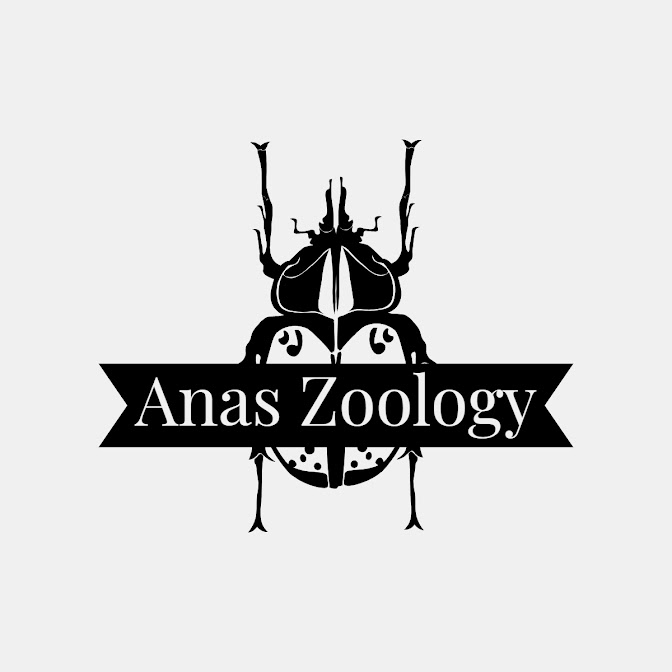COMPOSITION AND FUNCTIONS OF BLOOD
Blood is a red coloured viscous fluid in vertebrates including man. The blood consists of a suspension of cells called the corpuscles (RBC's, WBC's and platelets) in the plasma. The plasma constitute 55%of the total human blood whereas the blood corpuscles make up the remaining 45%. The ratio of the red blood corpuscles to the plasma is expressed as the haemotocrit value or haemotocrit.
The general composition of whole blood is as follows:
A) Cells: RBC's, WBC's and Platelets
B) Plasma: Water 92% remaining 8% consist of :
a) Proteins: Serum albumin, serum globulin, fibrinogen, prothrombin.
b) Organic substances other than proteins: glucose, amino acids, fats, phospholipids, neutral fats, cholesterol and cholesteroids.
c) Inorganic substances: chlorides, carbonates, bicarbonates of Na, K, Ca, and Mg.
d) Various antibodies, hormones, enzymes etc.
e) Waste materials: urea, uric acid, ammonia, creatinine, xanthene etc.
f) Colour compounds: The yellow colour of plasma is due to small amounts of bilirubin, carotene,and xanthophyllin.
When freshly shed, blood is red thick and opaque due to different refractive powers of the plasma and red blood cells. Blood is slightly alkaline having a pH of 7.4, with specific gravity ranging from 1.005 to 1.060 and has the capacity to clot.
Functions of Blood:
- Transport of respiratory gases- Blood carries O₂ from the lungs to the tissues and CO₂ from the tissues to the lungs.
- Transport of nutrients- It carries digested food material from the intestine to the tissues cells. It also carries nutritive material from one part of the body to the other.
- It acts as a medium of transport for hormones, vitamins, enzymes, etc
- It carries waste products of cellular activity and brings them to the organs of excretion through kidneys.
- Helps in the protection of the body through cellular as well as humoral (production of antibodies) defense mechanism.




Comments
Post a Comment